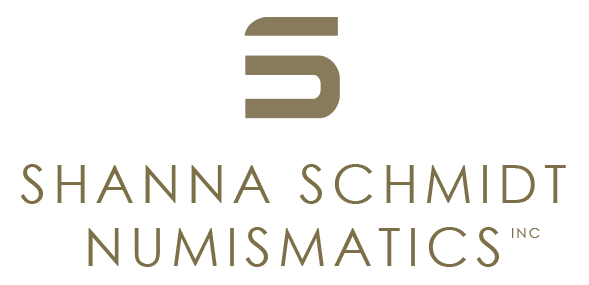Thrace. Ainos. c. 398/7-397/5 BC
Thrace. Ainos. c. 398/7-397/5 BC
AR Tetradrachm, 14.86g (25mm, 12h).
Head of Hermes facing, wearing petasos / Goat standing r. with AINION above and grape vine r., all within incuse square.
Pedigree: Ex Lockett Collection Part VI, 12 February 1958, lot 1084; ex. Alberto Sangorski Collection, 1925. Ex. Edward P. Warren Collection, published by Kurt Regling in 1906 sold by Sotheby, 2 May 1905, lot 7 (not pictured but weighing the same and with the same description), probably coming from the Canon William Greenwell Collection (1820-1918) (noted in Lockett description)
References: May-348a (dies 215/234, PL. V, this coin)
Grade: Surfaces are a bit rough but well struck and with a superb pedigree
gk1829
Scroll down for more information about this coin.
One of the westernmost cities in modern day Turkey, the ancient city of Ainos has both historic and mythic roots which stretch back at least to the Trojan war. As to the city’s mythic foundations, both Herodotus and Thucydides claimed that Aeneas founded the city shortly after fleeing the destruction of Troy. Later, a slightly more historical encyclopedia produced by 10th century Byzantine scholars called the Suda, described how the city was settled by Greek colonists traveling from the western Thracian city of Alopeconnesus. Despite this connection to Aeneas, and therefore Apollo, the city’s emphasis on trade in the 4th century BC dominated its coinage, as demonstrated by the repeated numismatic appearance of Hermes.
One early myth claimed that some local fishermen found an armless statue of the god on the shore of the Hebros river. After not recognizing its importance, they threw it back into the sea. Only to catch it in their nets yet again. The God’s statue was then moved to the city and worshiped as the divine image it was.
A further connection to Hermes can be found on the reverse of this coin. The goat is known to be a symbolic reference to the God’s role as the divine shepherd.

